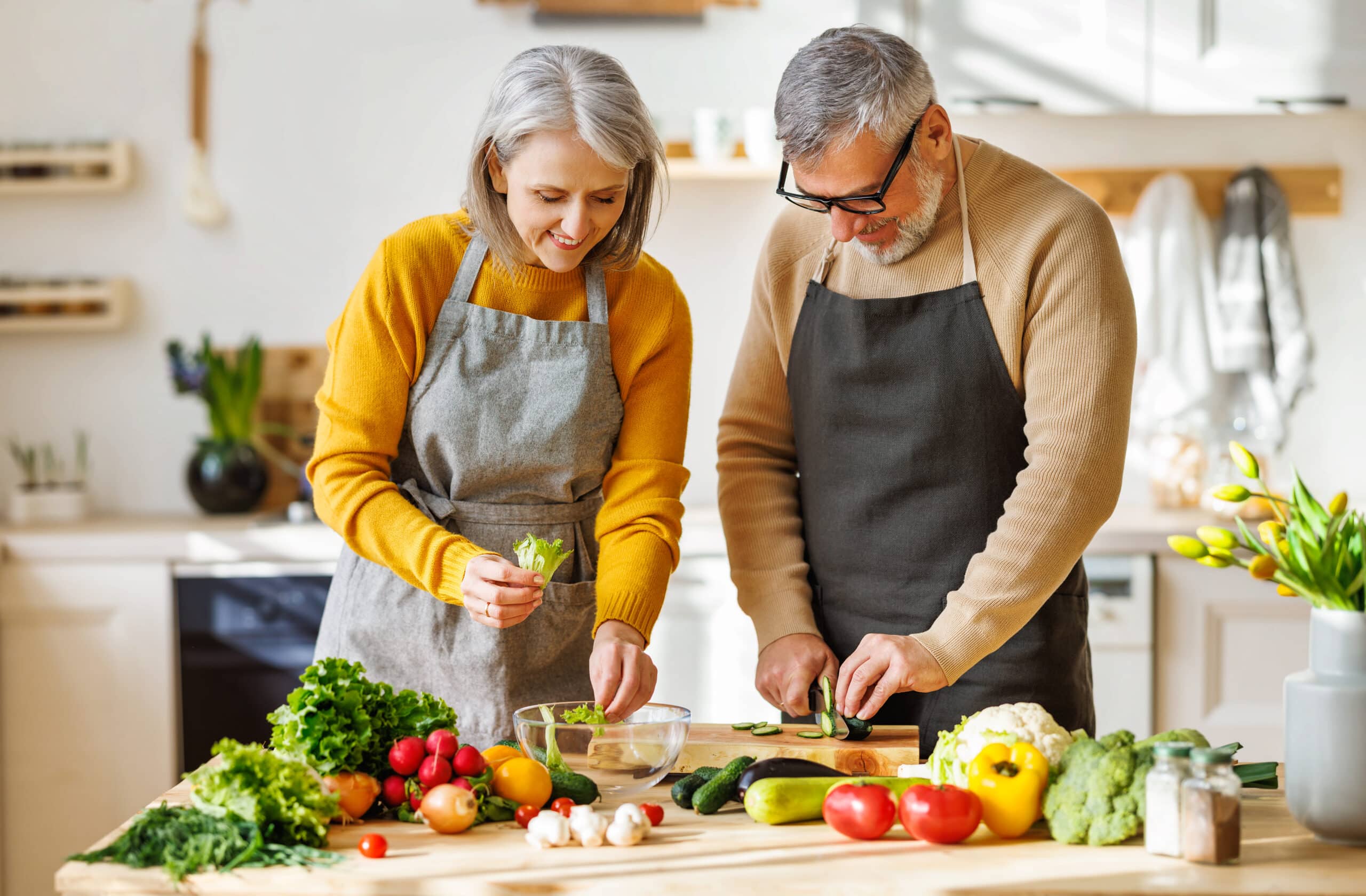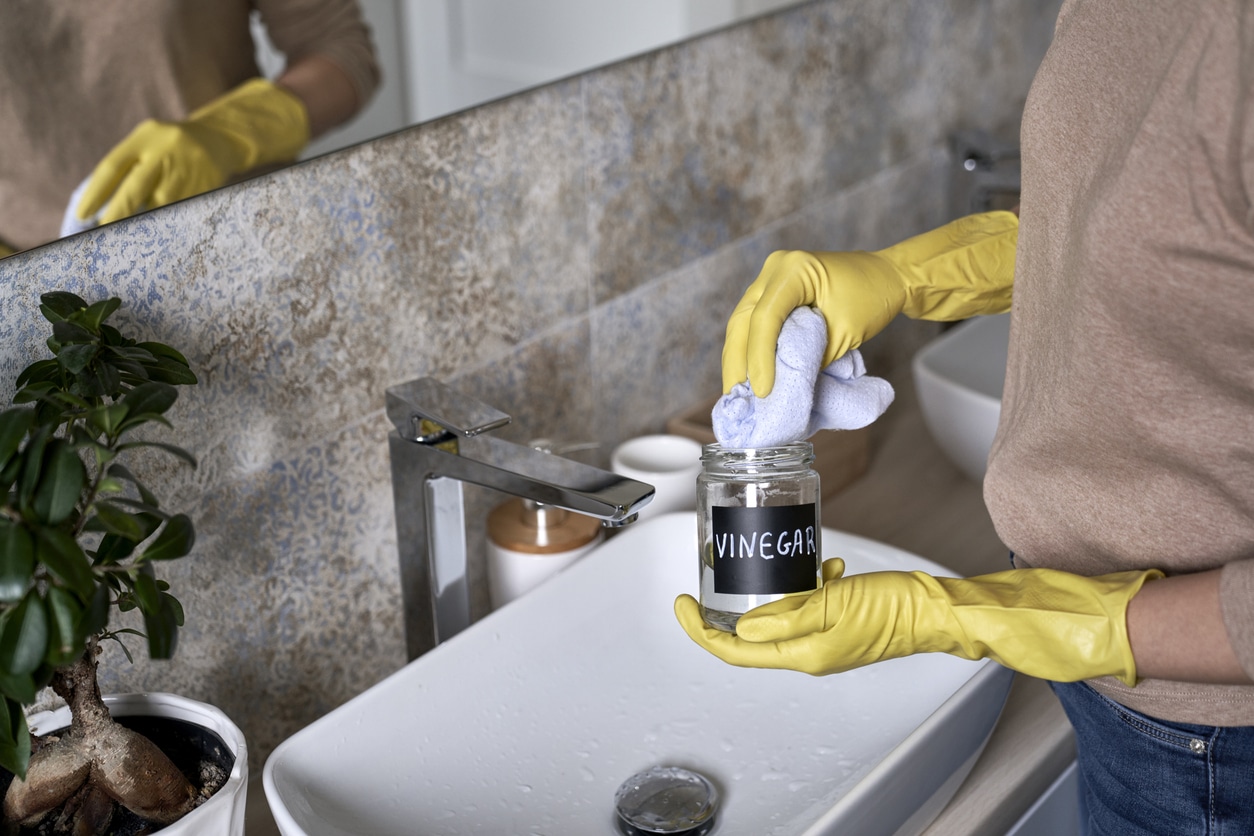
Start Eating Healthy in 3 Eco-Friendly Steps
While most of us would love to eat healthy every single day, for some, eating healthy is not always as easy as it may seem. Sometimes the day-to-day hustle and bustle can become so overwhelming, healthy eating isn’t really made a priority. It should be, though. Others may not feel as though they can afford to eat healthy. In fact, you can’t really afford not to do so.
If you are going to tackle the world head-on, making sure you are properly fed can go a long way towards helping stay healthy, feel well and have the energy needed to accomplish your goals. And yes, I know there are many ways to do this, but eating healthy should be at the top of the list.
3 Eco-Friendly Steps for eating Healthy
When it comes to implementing a new strategy, it’s often better to start slow and steady. Implement one new activity at a time. What’s nice about these three eco-friendly steps is they are not only a good start to your healthy eating plan, but following these steps can save you money and be beneficial to the environment.
1. Plan Your Meals Ahead of Time
If you only want to do one step, do this one. Plan your meals ahead of time. Figure out what you want to eat and make your shopping list accordingly. In addition to helping you eat healthy, meal planning is one of the key ways to minimize food waste. So, this means it’s good for the environment and it’ll save you money in the long run.
You can take things one step further by doing some meal prep. Preparing a few meals ahead of time, or at least having the ingredients prepped, can save you time on days when your schedule makes it more difficult to eat healthy. This way, you can avoid eating out or eating foods to which your body doesn’t really agree. Trust me, you’ll feel better and be happier with the outcome.
Not sure where to start? This meal prep guide might be of some assistance.
2. Opt for Organic and Fresh vs. Processed and Pre-Packaged
The next step in your healthy eating is opting for organic and fresh food. Eating in this manner helps to keep pesticides and harmful toxins out of your system. Ditch the processed foods and pre-packaged foods, too, as these are often filled with preservatives and other things your body doesn’t need. Besides, you don’t need to generate all the waste that comes with pre-packaged or processed foods. Organic and fresh are much less wasteful.
Another aspect of this step is choosing to buy local. If you can get food from a farmers’ market or other local grower, you won’t have to bear the expense (financial and to the environment) of having your food shipped in. Plus, buying locally means you can find out whether the food is grown organically or not.
Eating organic has countless benefits and is worth additional expense. Why put harmful toxins into your body when healthy options are available? Besides, the price gap between organic and nonorganic groceries has gotten smaller in recent years, which is a good thing. If you don’t think you can’t afford to go all out with organic, then figure out key foods you want to ensure are organic and buy those. You have to start somewhere.
3. Grow (or ReGrow) Your own Every chance You get
A very simple way to eat healthy is to grow, or regrow, your own food. You can plant an herb or vegetable garden in the backyard (or even in the front yard, if you wish). Don’t have the space? Plant some herbs in your kitchen or in a small patio garden. You don’t need much room to grow, or at least regrow, herbs and vegetables.
In addition to eating organic food you buy from the store, you can save money by growing your own food organically. Planting your favorite vegetables or herbs means you won’t have to buy them the next time you’re at the grocery store. Regrowing food means you only have to buy it once and then you can re-grow it again and again from scraps or cuttings.
Any food scraps you can’t use can be placed in your compost to use in your garden to help more food grow. This means growing, and regrowing food, is good for your health, wallet and the environment.
Eating Healthy Doesn’t have to Be Difficult
It’s true, eating healthy can be challenging at times, but it doesn’t have to be difficult. A lot of it is about your state of mind. If you make these three steps a priority, they’ll soon become the norm in your household. It is the same with any new habit. At the beginning you may struggle to implement it but, after a while, it’ll simply be what you do.
Try it. Start by implementing one step at time. Plan your meals a week (or even a day) in advance. Once you’ve gotten into the habit of meal planning, then begin to swap out some of the processed or pre-packaged foods on your menu, in favor of more fresh and organic foods. At this point, growing or regrowing your own herbs and vegetables will probably seem like a smart thing to do. I mean who wants to keep buying green onions every week, when the ones you bought last week can grow more this week? Why get dry herbs when you can grow your own fresh herbs? They taste better and it’ll probably save you some money, too.
Starting with these eco-friendly steps will get you eating healthy in no time. Your body will thank you for it and so will your wallet. Less food waste, fewer harmful pesticides and plastics in your food, as well as a healthier, happier family is well worth the effort.



Post a comment